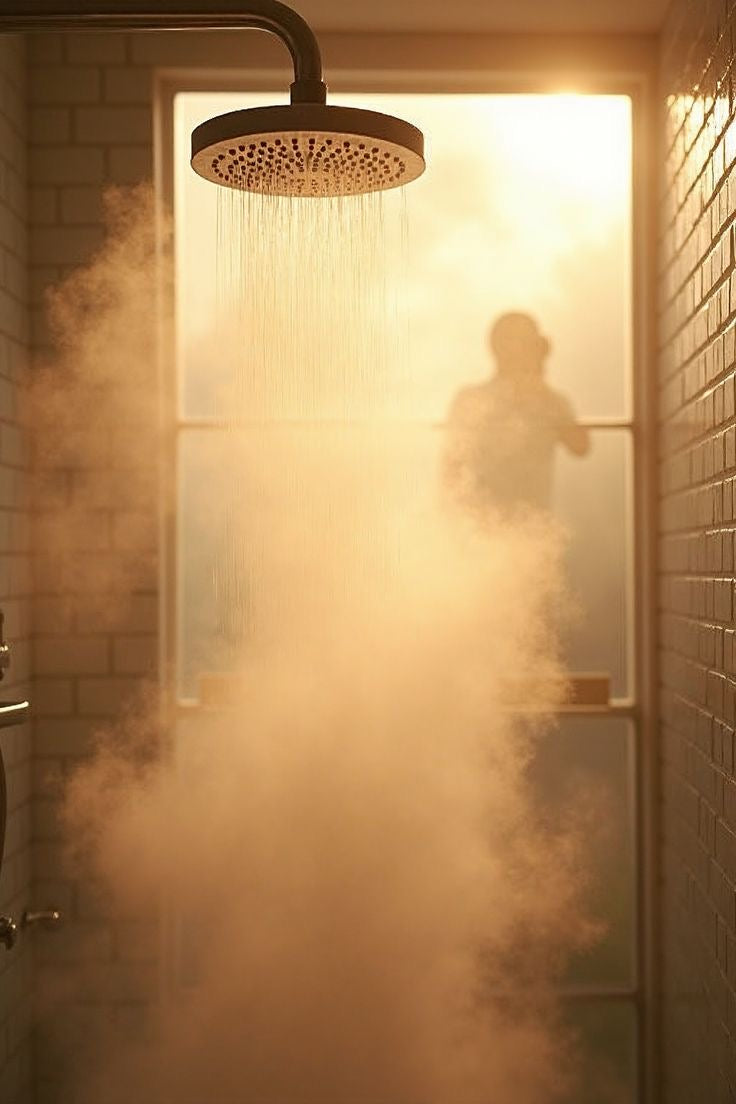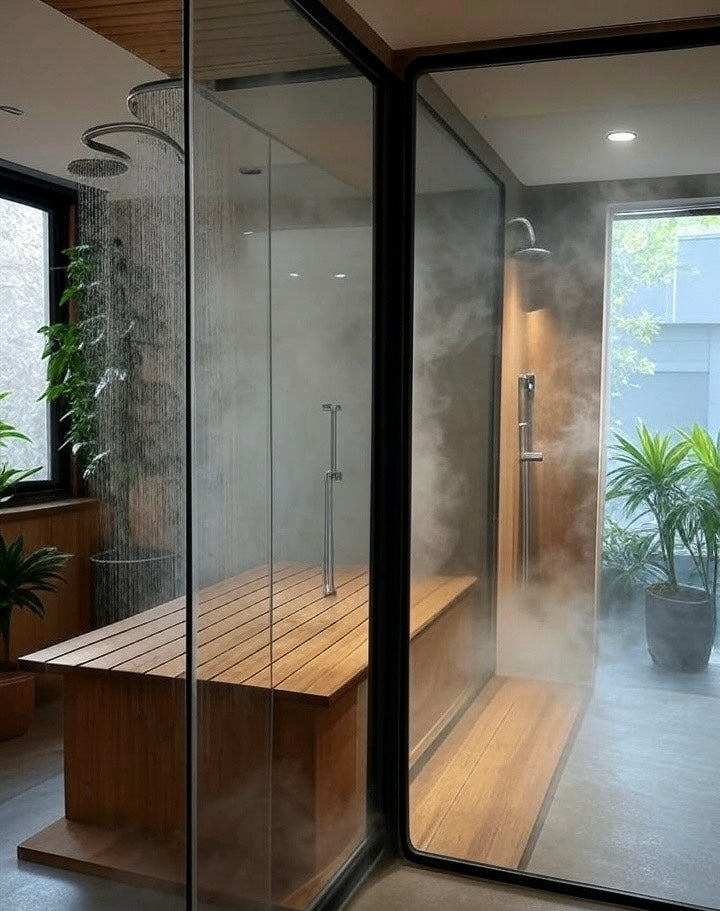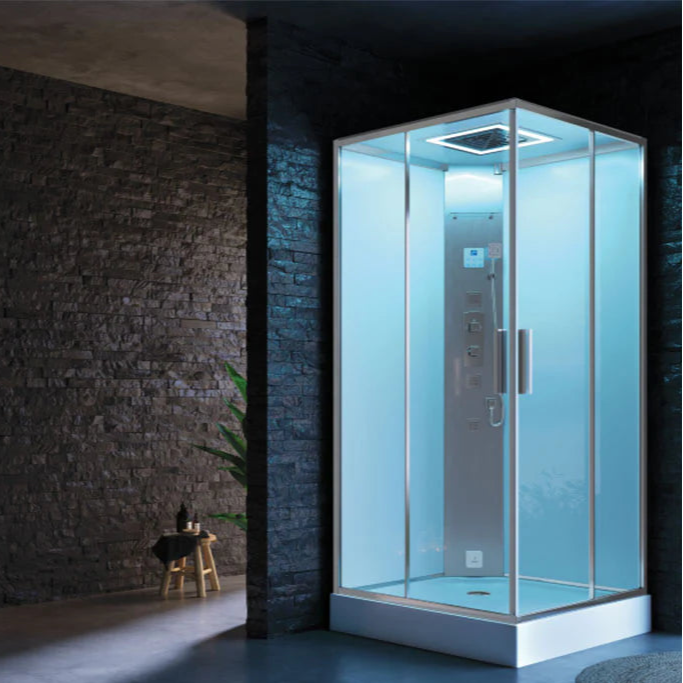Back sore and screaming for mercy? Short answer: Yes, a Cold Plunge or Ice Bath can help by numbing pain and reducing inflammation! Curious how an Ice Bath Tub or Cold Plunge Tub works its chilly magic? Keep reading to see why braving the freeze might just be your new back-pain trick.
2. The Science Behind Cold Plunge and Back Pain Relief

Cold plunges aren’t just for athletes.
They work by changing pain signals, cutting swelling, and relaxing tight muscles.
Here’s how they can help ease back pain.
2.1 How Cold Therapy Modulates Pain Signals
Cold exposure changes how nerves send pain messages to the brain.
This can bring welcome relief, especially for sharp or persistent back pain.
2.1.1 Numbing Effect on Nerve Endings
Cold immersion has an analgesic effect.
It numbs nerve endings, dulling pain much like an ice pack but for the whole back.
2.1.2 Slowing Nerve Conduction Velocity
Cold slows the speed at which nerves send signals.
This reduces how strongly pain is felt.
It can make discomfort more manageable during flare-ups.
2.2 Reducing Inflammation and Swelling
A key benefit of cold plunges is controlling inflammation.
Less swelling means less pressure on surrounding nerves and tissues.
2.2.1 Vasoconstriction and Decreased Blood Flow to the Affected Area
Cold makes blood vessels narrow (vasoconstriction).
This limits fluid build-up and swelling.
It also lowers metabolic demands in the area temporarily.
2.2.2 Impact on Inflammatory Markers and Immune Response
Cold immersion may affect inflammatory chemicals in the body.
By reducing their activity, it helps calm irritated muscles and joints.
This can support quicker recovery after hard activity.
2.3 Alleviating Muscle Spasms and Tension
Tight muscles often cause or worsen back pain.
Cold plunges can help ease that tension.
2.3.1 Relaxing Tight Muscles Contributing to Back Pain
The shock of cold triggers a reflex relaxation as you rewarm.
This reduces stiffness and muscle spasms.
It can help restore easier, pain-free movement.
2.3.2 Benefits for Delayed Onset Muscle Soreness (DOMS) in the Back
Cold water therapy is popular for easing post-exercise soreness.
It can help reduce DOMS, making it easier to stay active without lingering pain.
3. Practical Considerations for Using Cold Plunges for Back Pain
Cold plunges can be effective when used carefully.
Follow these best practices to keep things safe and beneficial.
3.1 Recommended Usage and Duration
Take it slow to avoid shock or discomfort.
Consistency is more important than pushing extremes.
3.1.1 Optimal Water Temperatures for Pain Relief
Most aim for water between 10–15 °C.
Cool enough for benefits without too much stress.
3.1.2 Suggested Immersion Times and Frequency
Try 2–5 minute sessions.
One to three times per week can be enough.
Always listen to your body and don’t overdo it.
3.2 Integrating Cold Plunge with Other Therapies
Cold plunges work best as part of a broader plan for back pain.
3.2.1 Combination with Heat Therapy (Contrast Therapy)
Alternating hot and cold (contrast therapy) can help circulation.
Heat relaxes while cold reduces inflammation.
Together, they can support recovery.
3.2.2 Importance of Stretching, Exercise, and Professional Guidance
Don’t rely only on cold plunges.
Gentle stretching and exercise maintain mobility.
A physio or doctor can help tailor the right plan for you.
4. Who Should Consider (and Who Should Be Cautious)
Cold plunges aren’t right for everyone.
Know if they suit you, or if extra care is needed.
4.1 Ideal Scenarios for Cold Plunge Use
Cold immersion can work well in many cases.
4.1.1 Acute Back Injuries (e.g., Strains, Sprains)
Short-term injuries with swelling can benefit from cold’s anti-inflammatory effects.
But avoid if there’s an open wound or serious trauma.
4.1.2 Post-Activity Soreness and Muscle Tension
Great for easing tightness after workouts.
Helps prevent or lessen DOMS in the back.
4.2 Important Safety Measures and When to Consult a Professional
Always approach cold therapy with care.
4.2.1 Pre-existing Conditions and Contraindications (e.g., Cardiovascular Issues)
People with heart problems, circulation issues, or cold intolerance should consult their GP first.
4.2.2 Listening to Your Body and Avoiding Overexposure
Never stay in longer than recommended.
Excessive shivering or numbness means it’s time to stop.
Warm up gently afterwards.
4.2.3 When to Seek Medical Advice for Persistent or Worsening Pain
If back pain is severe, unexplained, or not improving, see a professional.
Cold plunges can help with symptoms but won’t fix underlying issues like disc problems.
5. Conclusion
Can cold plunge help with back pain?
Yes—by reducing swelling, numbing pain, and easing muscle tension.
It works best with other therapies and a safety-first approach.
Start slowly, listen to your body, and talk to your doctor if you’re unsure.
6. Takeaways
-
Cold plunges reduce inflammation, numb pain, and relax tight muscles.
-
Start with short sessions at safe temperatures.
-
Combine with stretching, exercise, and professional advice.
-
Check with your GP if you have health concerns.






